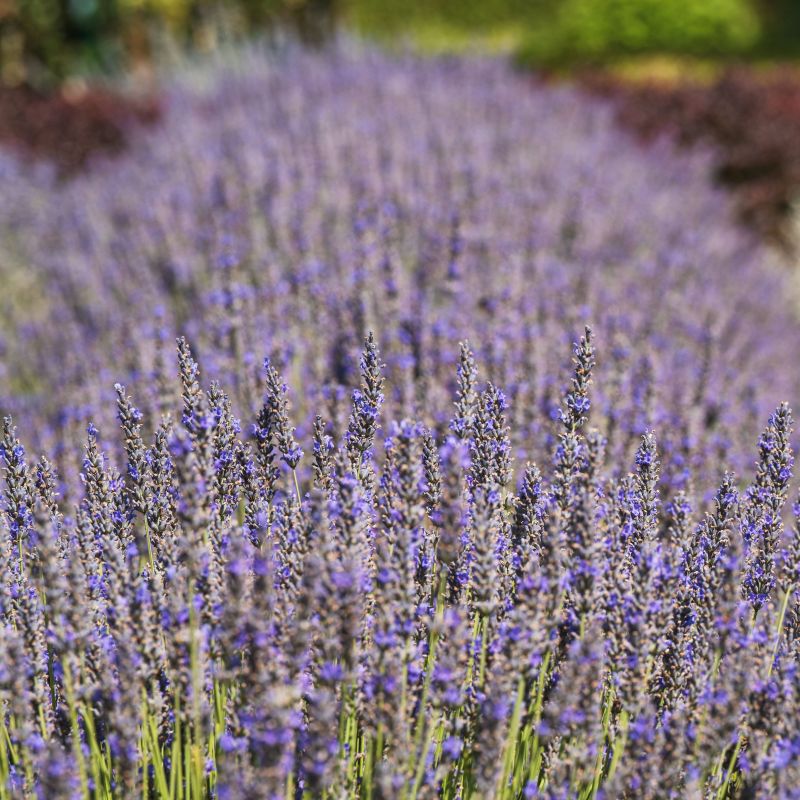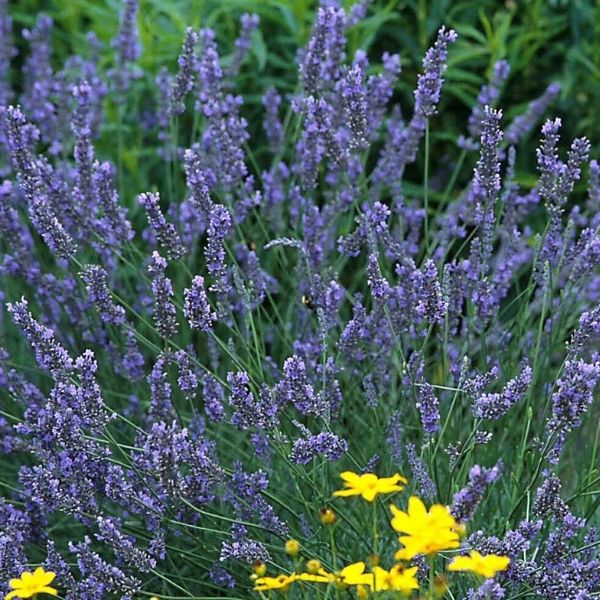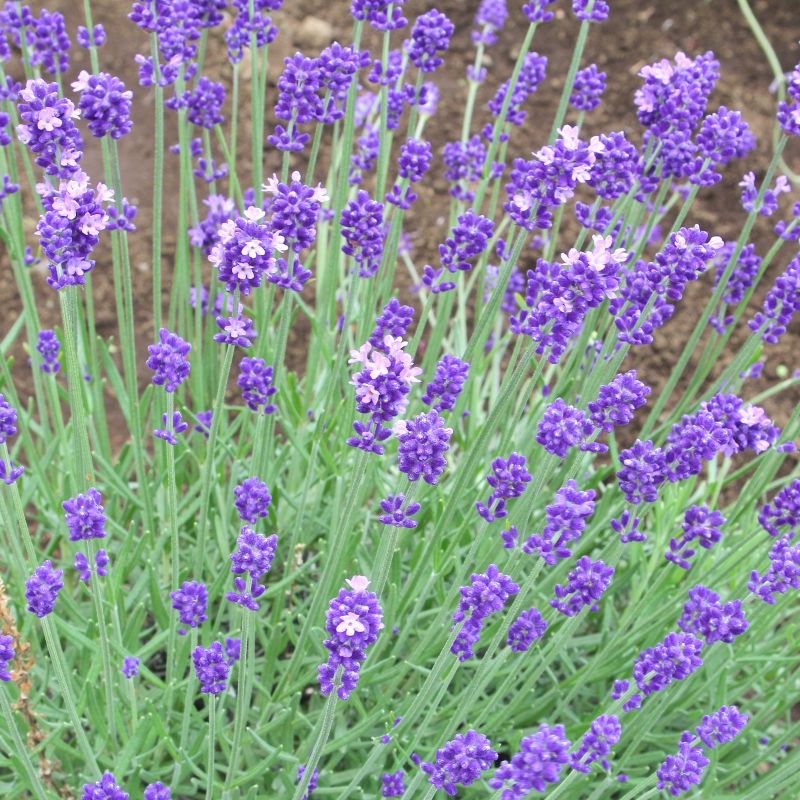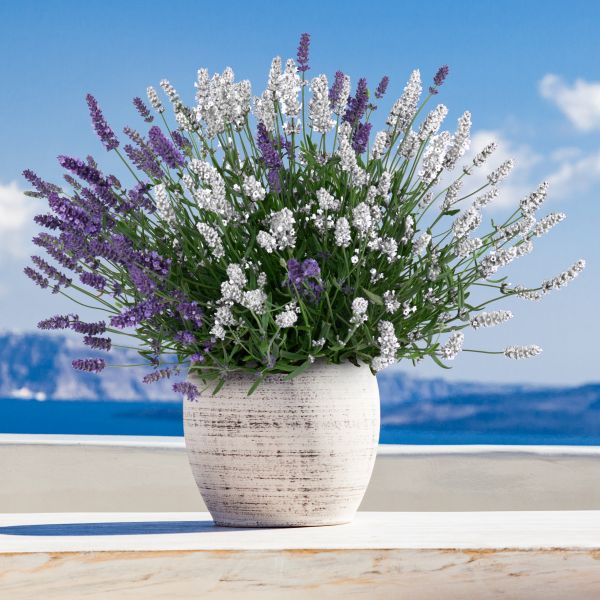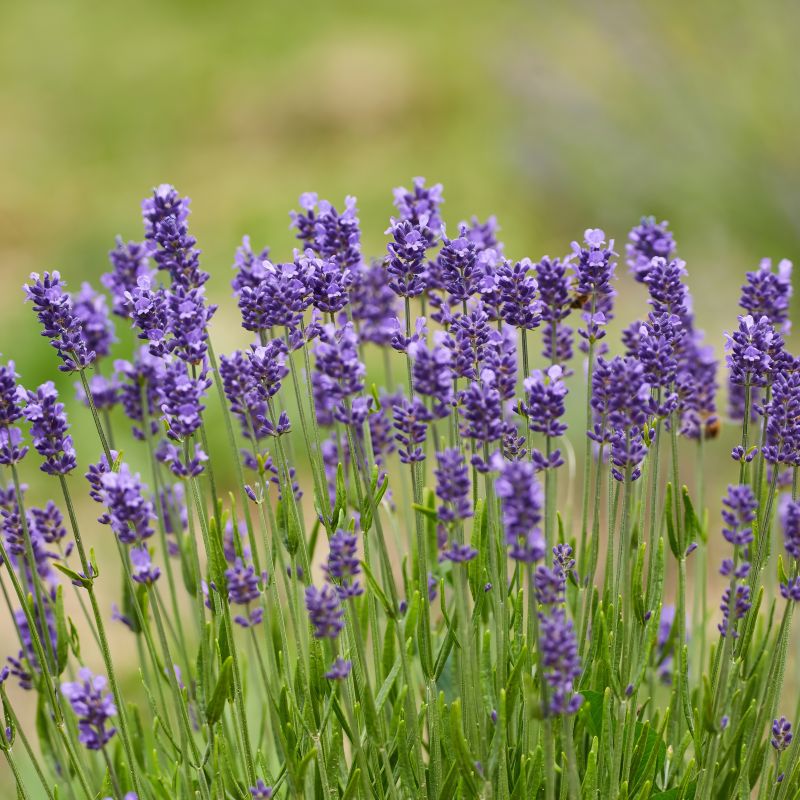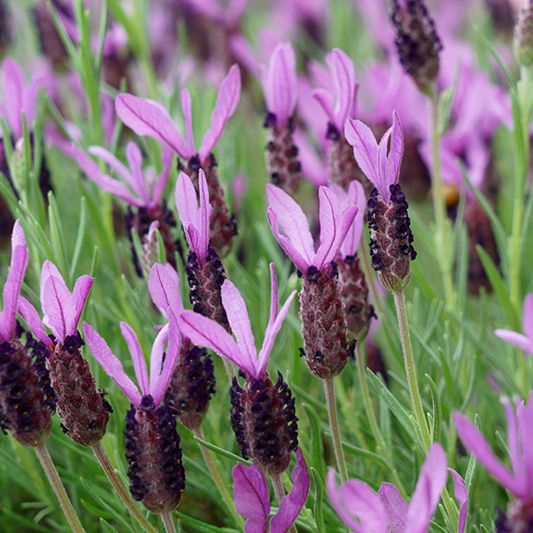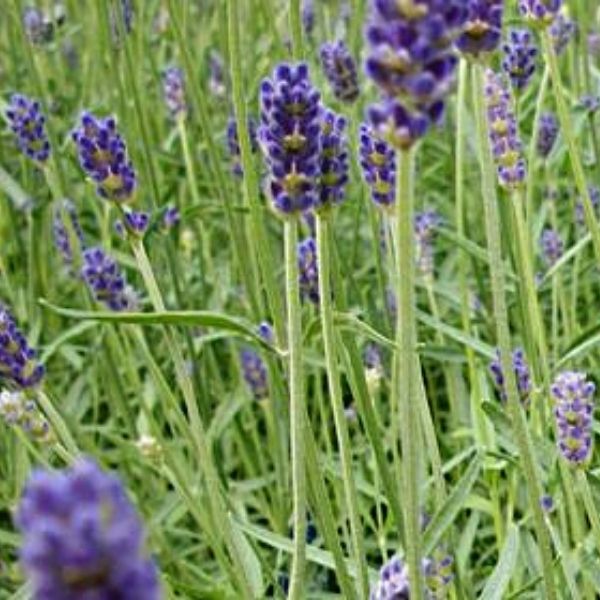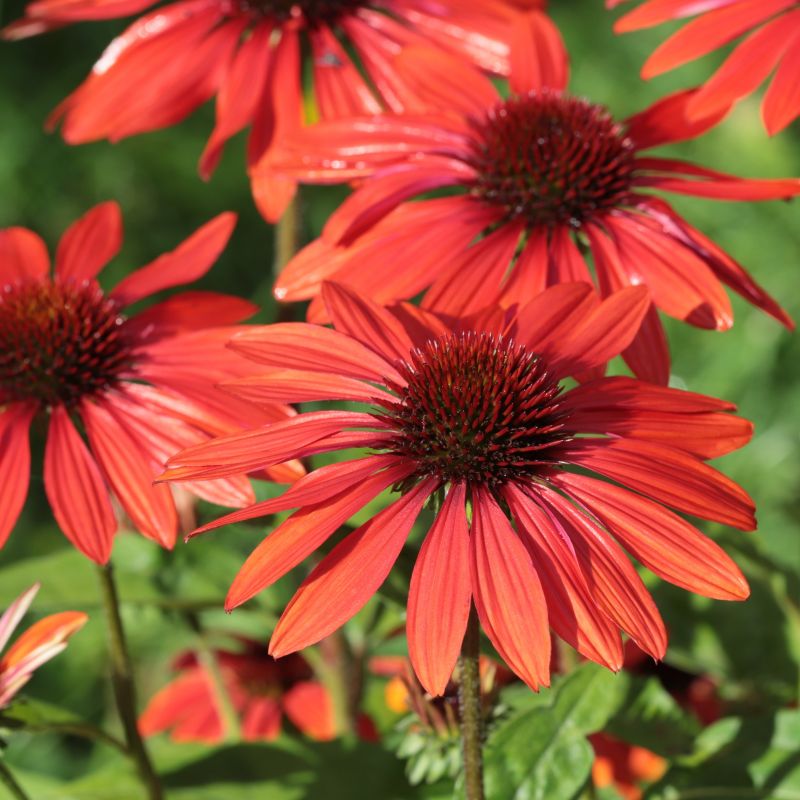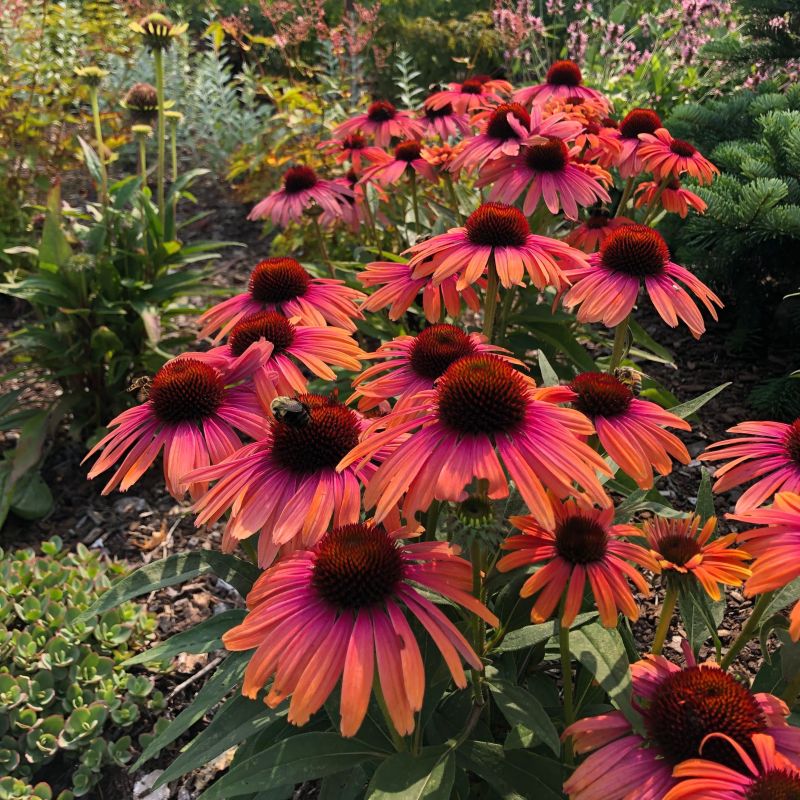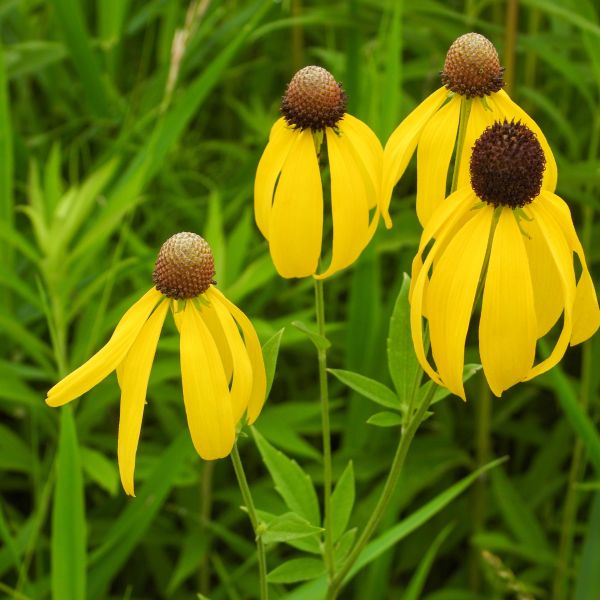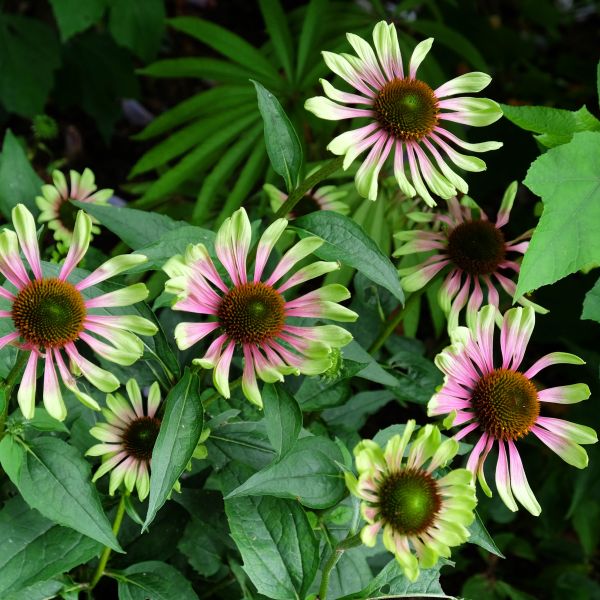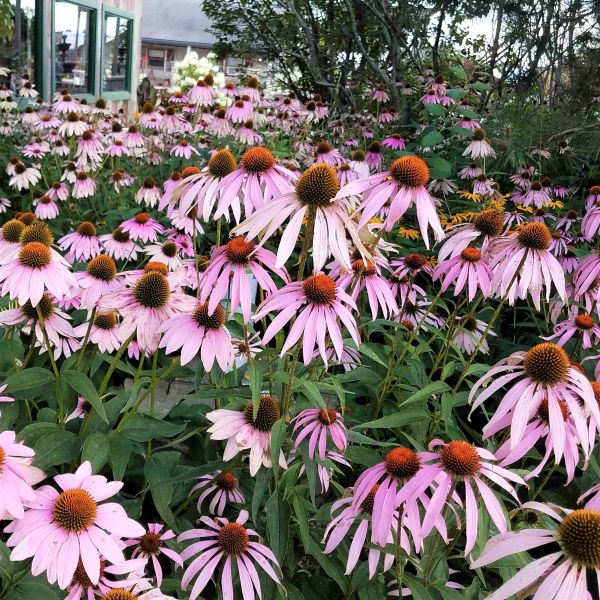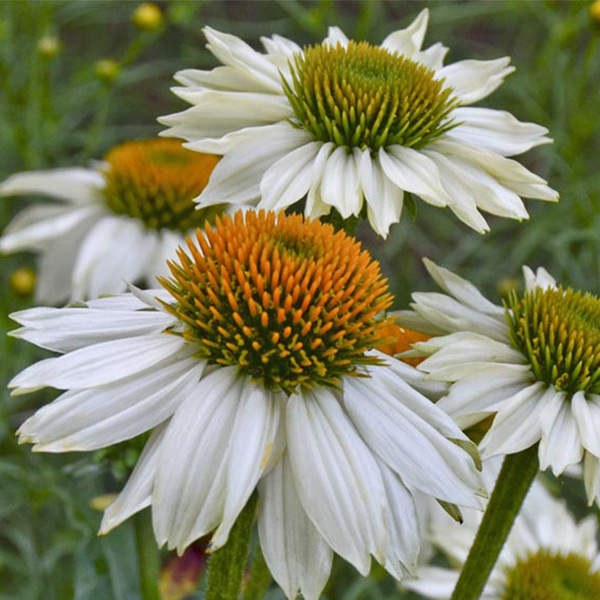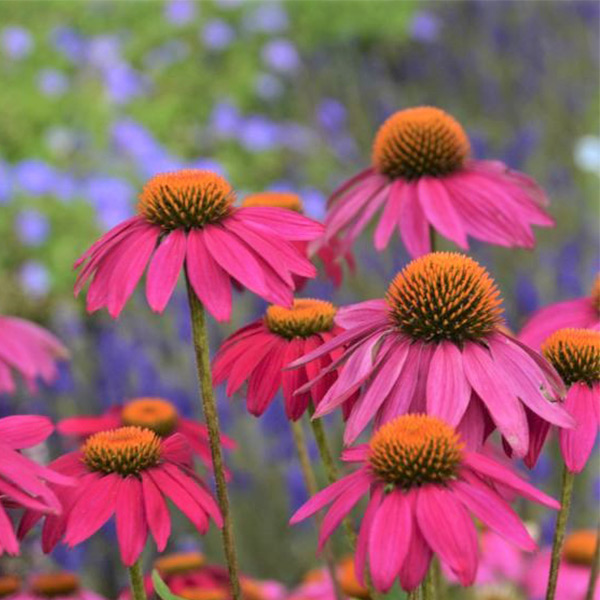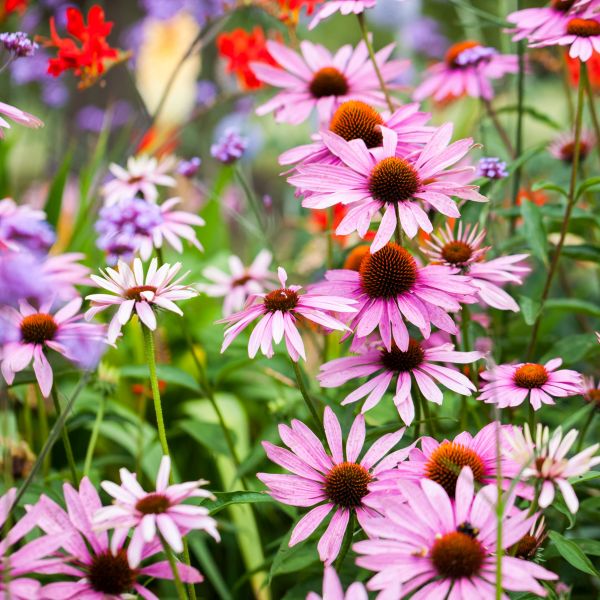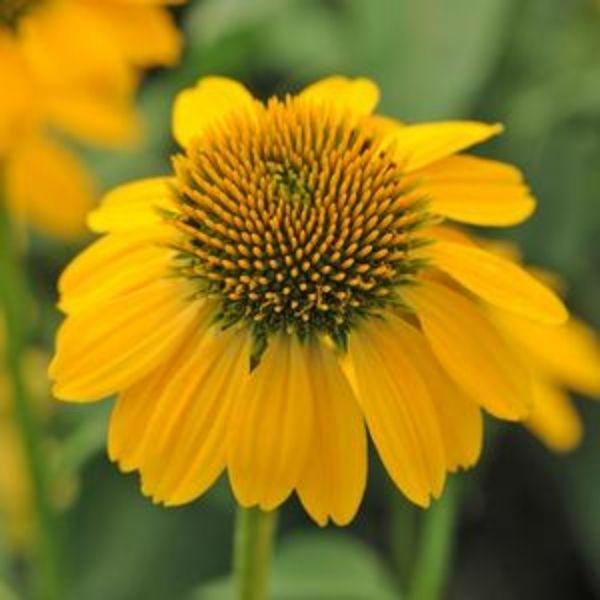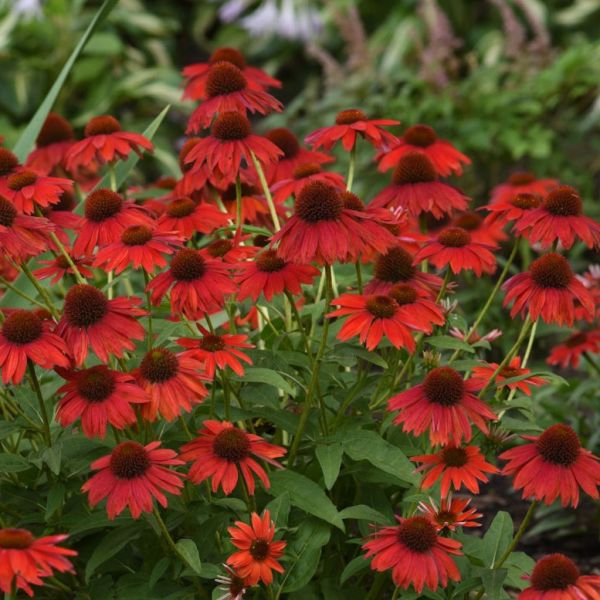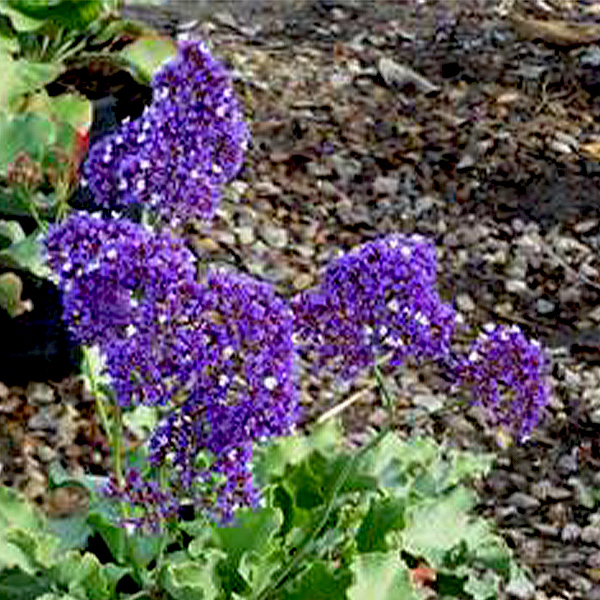
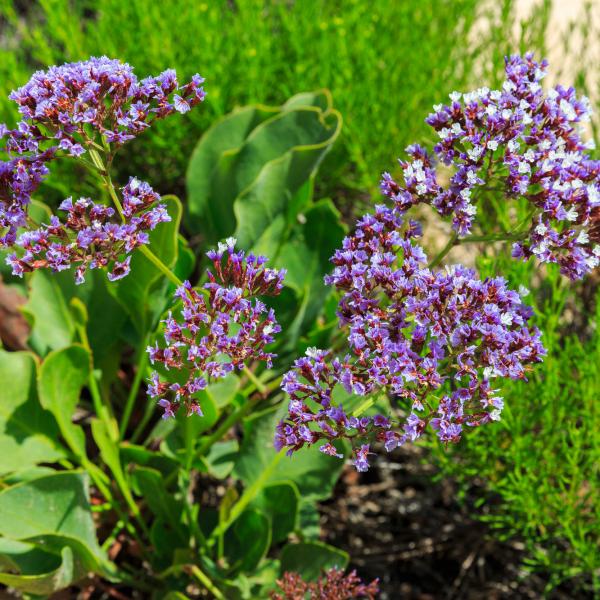
Sea Lavender
Limonium perezii
17 reviews
Sea Lavender
Limonium perezii
17 reviews
- Thrives in salty and sandy environments, making it a perfect choice for coastal gardens
- Produces beautiful clusters of small purple flowers that attract butterflies and bees
- Requires minimal maintenance and is drought-tolerant once established
- Recommended by landscape designers for optimal fit in real yards
$49.00
$70.00
30% Off
- Ships to 43215 in 3 to 7 days
- Free Shipping Over $150
- Plant Arrival Guarantee
- In Stock
- Free Plant Consult
$200 - Landscape-Approved: Every Plant We Sell Comes With Design Expertise Behind It
1 Gallon
Not just beautiful - intentionally selected by ShrubHub's 3D landscape design team to fit real-world spaces and maximize yard potential.
Why Sea Lavender?
Sea Lavender (Limonium perezii) is a stunning plant with clusters of tiny light purple flowers, which bloom from summer to fall. It is known for its ability to grow in sandy beach areas and its salt-tolerant nature. The leaves are a lush green, and the plant can reach up to 3 feet tall. It is a popular choice for attracting bees, butterflies, and other pollinators to gardens and landscapes.
People who loved this plant also bought
Sunlight
Sea lavender plants require full sunlight to thrive. They prefer to be planted in areas that receive at least 6 to 8 hours of direct sunlight each day. Insufficient sunlight may result in poor growth and less vibrant flowers.
Watering
Sea Lavender, also known as Limonium, requires well-drained soil and should be watered sparingly. It is drought-tolerant and prefers to be kept slightly on the drier side. Overwatering can lead to root rot, so it is best to water only when the top inch of
Fertilizing
Sea Lavender requires a well-draining soil with a balanced fertilizer. It benefits from regular applications of a slow-release fertilizer or liquid seaweed fertilizer to promote healthy growth and vibrant flowers.
Meet the Sea Lavender, a captivating and resilient perennial that adds a unique touch to your garden! Thriving in full sun and well-drained soil, this beautiful plant is suitable for USDA hardiness zones 5-10. With its delightful lavender-blue flowers, the Sea Lavender creates a stunning display that lasts from summer to fall.
The aesthetic appeal of the Sea Lavender is simply enchanting. Its tall, slender stems are adorned with clusters of lavender blossoms that resemble miniature fireworks, adding a whimsical and vibrant element to any landscape. Not only does it bring visual interest, but the Sea Lavender also attracts bees, butterflies, and other pollinators, transforming your garden into a lively and buzzing sanctuary.
Maintenance for this resilient plant is a breeze. The Sea Lavender is drought-tolerant and requires minimal watering once established. With its salt-tolerant nature, it thrives in coastal gardens and is a wonderful addition to beachfront properties. It can also be incorporated into borders, meadows, or even container gardens, providing a pop of color and texture.
Here's a fun fact about the Sea Lavender - its name, Limonium, is derived from the Greek word "limonion," which means meadow. This alludes to its natural habitat and its ability to thrive in meadow-like conditions.
With its striking beauty, easy maintenance, and ability to attract pollinators, the Sea Lavender is a must-have for any garden seeking a touch of coastal charm and vibrancy. Bring the essence of the shore to your outdoor space and let the Sea Lavender mesmerize you with its delicate blooms and seaside allure!
Plant Information:
| Botanical Name: | Limonium perezii |
| USDA Zones: | 10 - 11 |
| Water: | Low |
| Exposure: | Full Sun |
| Soil Needs: | Well Drained |
| Mature Height: | 2 - 3 feet |
| Mature Spread: | 2 - 3 feet |


Pollination Info
Pollination Info for Sea Lavender (Limonium perezii)
Sea Lavender (Limonium perezii) is primarily pollinated by bees, butterflies, and other flying insects. These insects are attracted to the beautiful clusters of small, fragrant flowers that grow on the plant.
The flowers of sea lavender are perfect, meaning they contain both male and female reproductive organs. When a flying insect lands on a flower, it brushes against the stamens, picking up pollen from the male reproductive organs. As the insect moves on to another flower, some of the pollen is transferred to the stigma, the female reproductive organ, of that flower.
Sea lavender is a particularly important plant for bees, as it blooms in the late summer and autumn, when many other sources of nectar and pollen have dwindled. By providing a source of food for bees, sea lavender helps to support a healthy ecosystem.
In addition to attracting pollinators, sea lavender is also propagated by division of its roots. This means that gardeners can easily propagate the plant by dividing the root masses and replanting them in new locations.
FAQ
Sea Lavender (Limonium perezii) FAQ
What is Sea Lavender (Limonium perezii)?
Sea Lavender (Limonium perezii) is a perennial herbaceous plant that belongs to the family Plumbaginaceae. It is also known as Perez's Sea Lavender or Statice. It is native to the Canary Islands but is now available worldwide as an ornamental plant.
What are the characteristics of Sea Lavender (Limonium perezii)?
Sea Lavender (Limonium perezii) is a fast-growing plant that can reach up to 1.5 m in height. It has broad, slightly leathery leaves that grow up to 60 cm long. Its flowers are borne on tall stems and are a shade of blue-violet or lilac. The flowers resemble tiny open bouquets, and each one is made up of many densely packed, tiny flowers.
How do I care for my Sea Lavender (Limonium perezii)?
Sea Lavender (Limonium perezii) is an easy-to-grow plant that requires minimal care. Here are some tips:
- Location: Sea Lavender (Limonium perezii) prefers full sun but can tolerate light shade.
- Soil: It grows well in well-drained soil, and it is best to avoid heavy and compacted soils.
- Watering: Watering should be done regularly, but avoid over-watering as this plant is drought-resistant.
- Fertilizing: Sea Lavender (Limonium perezii) does not require a lot of fertilizer. Once a month, you can apply a balanced fertilizer or a low-nitrogen fertilizer to enhance growth.
- Pruning: Pruning is not necessary for Sea Lavender (Limonium perezii). However, if you want to remove any dead or damaged leaves, you can do so at any time.
What are the benefits of Sea Lavender (Limonium perezii)?
Sea Lavender (Limonium perezii) has several benefits:
- Ornamental value: Sea Lavender's unique blooms make it a beautiful addition to any garden.
- Drought-resistant: Sea Lavender (Limonium perezii) is drought-resistant and can tolerate coastal environments with salt-laden air or water.
- Low maintenance: Sea Lavender (Limonium perezii) requires minimal care and is easy to grow.
- Long blooming period: The blooms can last for several weeks to months, making it an excellent choice for cut flower arrangements.
Can I grow Sea Lavender (Limonium perezii) indoors?
Although Sea Lavender (Limonium perezii) is an outdoor plant, you can grow it indoors if you provide it with the right conditions. It needs a bright location near a window or a grow light. It is also essential to ensure the soil is well-drained because stagnant water can cause root rot.
Are there any pests or diseases that affect Sea Lavender (Limonium perezii)?
Sea Lavender (Limonium perezii) is not susceptible to many pests or diseases. However, some of the common pests that can inflict damage are spider mites, aphids, and thrips. A fungal disease that can affect Sea Lavender is powdery mildew, which can be prevented by maintaining good air circulation and not over-watering.
When is the right time to plant Sea Lavender (Limonium perezii)?
The right time to plant Sea Lavender (Limonium perezii) is in the spring season or late summer. Spring planting allows the plant to establish itself before the harsh summer season. Fall planting allows the plant to develop roots during the cooler months so that it can grow stronger in the spring.
Planting & Care
Planting and Care for Sea Lavender (Limonium perezii)
Sea Lavender, also known as Limonium perezii, is a perennial plant native to the Canary Islands and commonly used as an ornamental plant in gardens. Here are some tips on how to plant and care for Sea Lavender:
Planting
Sea Lavender prefers well-draining soil and full sun exposure. Follow these steps when planting:
- Choose a location with plenty of sun exposure.
- Dig a hole in the soil that is bigger than the plant's root ball.
- Place the plant in the hole and fill the space with soil.
- Water the plant thoroughly.
Care
Sea Lavender requires minimal attention, but here are some important care tips to keep in mind:
- Water the plant regularly, especially during hot and dry seasons. However, avoid overwatering as the plant is susceptible to root rot.
- Apply fertilizer once a month during the growing season.
- Prune the plant after the blooming period to promote new growth and maintain shape.
- Protect the plant from strong winds and frost, as it can damage the delicate flowers.
Propagation
Sea Lavender can be propagated through division or stem cuttings. Here's how:
- For division, dig up the plant and separate the root ball into smaller sections. Replant the sections in a new location with well-draining soil and water thoroughly.
- For stem cuttings, cut a stem from the plant that is at least four inches long and remove the lower leaves. Dip the cut end in rooting hormone and plant it in well-draining soil. Water the cutting thoroughly and keep it in a bright, warm location with high humidity until it develops roots.
With proper care, Sea Lavender can thrive in your garden and provide beautiful purple flowers that last for months.
Check Out These Verified Customer Reviews:
Customer Reviews
4.6 out of 5 based on 17 reviews
Thank you! Your review has been submitted.
Lovely Sea Lavender, good website
The customer service was excellent. They were responsive and helpful with all my inquiries about Sea Lavender.
I recently purchased Sea Lavender from this site and was pleasantly surprised by the quality of the product. The item arrived well-packaged and in great condition. The customer service team was also very helpful. Will definitely order again!
Item has been added to your cart.



